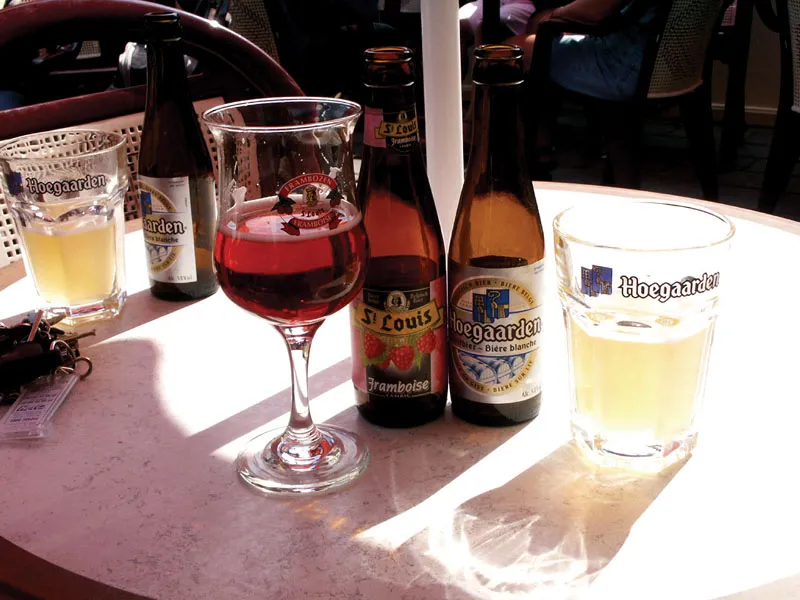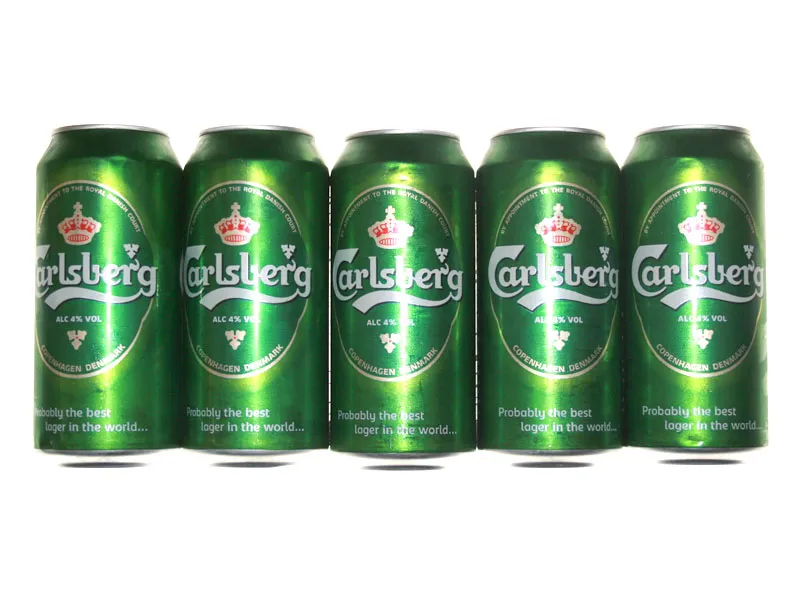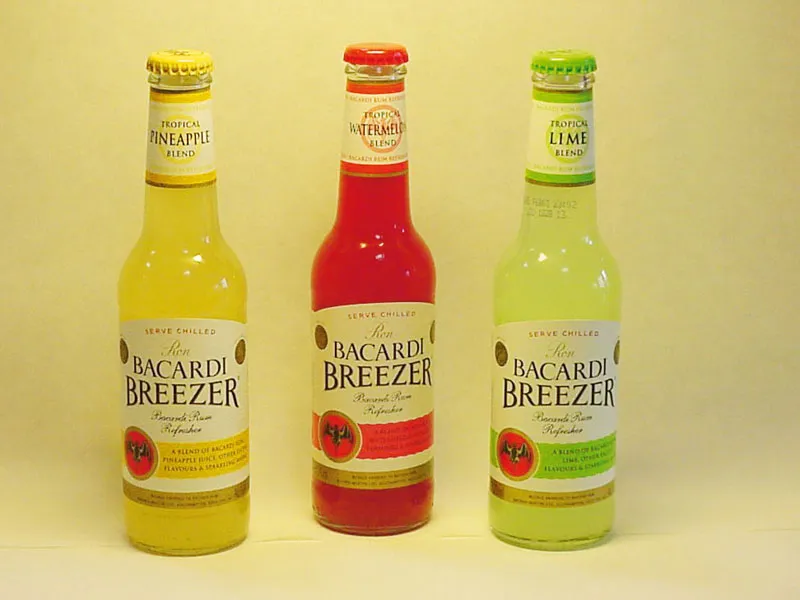Do you take drugs? If the word no comes out immediately, you probably want to think again. Unless you're teetotal, then you do dabble with a very powerful and popular drug – alcohol – and too much of a good thing can affect your health and exercise performance.
There are benefits, though, and small amounts can be linked with good health, but the grey area between healthy and harmful is difficult to define. The important question is, how does alcohol affect your cycling?
In the blood
For centuries, fruits, vegetables or cereals have been fermented to produce alcohol – so it has been part of the human diet for a long time. Whatever your poison, it contains ethyl alcohol which is a small molecule and doesn't need digesting before being absorbed into the bloodstream. You don't even have to swallow it. Simply holding a swig of whisky or beer in your mouth will allow some of the alcohol to be absorbed into the fine blood vessels under your tongue.
Most alcohol enters the stomach and, unlike most other nutrients, it can be absorbed directly into the bloodstream from here. How rapidly this occurs depends on how much is there and what other foods are in the stomach. An empty stomach will allow rapid absorption of alcohol, but fatty foods will delay the process. The remaining alcohol is absorbed lower down in your small intestine.
Once absorbed, alcohol circulates in your bloodstream, affecting different organs. The most sensitive is the frontal lobe area of your brain – which is responsible for judgement and reasoning. Alcohol makes you feel relaxed and less inhibited because it is a depressant drug which numbs the neurotransmitters in the brain, altering and slowing the communication between them. As you continue to drink, the mid-brain is affected – the area responsible for balance and large muscle control. It is not difficult to see that this stage of alcohol consumption would not suit riding a bike!
Performance droop
Apart from the effects on your brain, alcohol has three negative effects on exercise performance: dehydration, glycogen refuelling, and empty calories.
Dehydration: You might think that several pints of beer would contribute to your fluid intake and help to prevent dehydration, but the alcohol it contains interferes with the production of vasopressin. This hormone stimulates the kidneys to re-absorb a lot of fluid and produce concentrated urine.
Without vasopressin, the kidneys produce dilute urine and a lot of fluid is lost from the body. Along with water, other minerals such as magnesium, potassium, calcium and zinc are lost. These are not only important for nerve and muscle function but also help to regulate body fluids. If you drink alcohol regularly, it is likely that you will struggle to maintain optimum hydration – especially if you ride in the heat and your fluid losses are high. Although around 65 per cent of an adult body is water, a loss of just two per cent of this (1.5 litres) can affect both exercise performance and recovery.
Glycogen refuelling: Part of the recovery process is to replenish muscle and liver glycogen stores. Eating carbohydrate in the two hour 'window' after strenuous exercise is an effective way of replacing a lot of glycogen, but it is important to avoid alcohol at this time as it interferes with the process of glycogen re-synthesis.
Empty calories: Another big problem with alcohol is that it represents empty calories. Optimal performance means eating enough energy (calories) in the form of protein, fat and muscle-fuelling carbohydrate. Alcohol provides seven calories per gram but doesn't come with any protein, fat, vitamins or minerals.
Three and a half pints (two litres) of normal strength (5%) lager or four large (home poured) glasses of high alcohol (13.5%) red wine adds up to 10 units or 80g of alcohol. That's equivalent to 560 completely empty calories, and that's not counting the calories you'll be getting from sugars. If you drink this amount every night on top of your normal food intake, the extra 560 calories are enough to store an extra pound of fat each week. If you cut back on protein and carbohydrate to allow for the calories from alcohol, you will sap your muscles of glycogen, leaving you unable to train hard or recover fully. Alcohol is a toxin and your liver works hard to detoxify it and convert it to a less toxic substance – ultimately fat! This process involves B vitamins – normally used for energy production. With alcohol in your system, B vitamins are depleted and diverted to convert alcohol into fat.
For all of these reasons, if you're training hard and preparing for competition, it is best to avoid alcohol completely. Otherwise, enjoy the relaxing effects of alcohol occasionally, when peak performance is not a priority.
Booze benefits
- There is some evidence to show that moderate drinking can lead to a longer life (more time for cycling!)
- Alcohol helps to increase the HDL (good) cholesterol levels in your blood, and so help to protect against strokes and cardiovascular disease
- Alcohol can help you to relax and unwind. This can be useful at the end of a stressful day, but not when alcohol is relied upon to take you 'out of yourself'
Daily tipple
The latest recommendations on a safe level of intake are 2-3 units per day for women and 3-4 units per day for men
- 1 unit of alcohol = half a pint of normal strength (3-5% ABV – alcohol by volume) beer, lager or cider
- 1.5 units = 1 bottle alcopop
- 2 units = 1 standard glass (pub measure) of normal strength (11-12% ABV) wine


